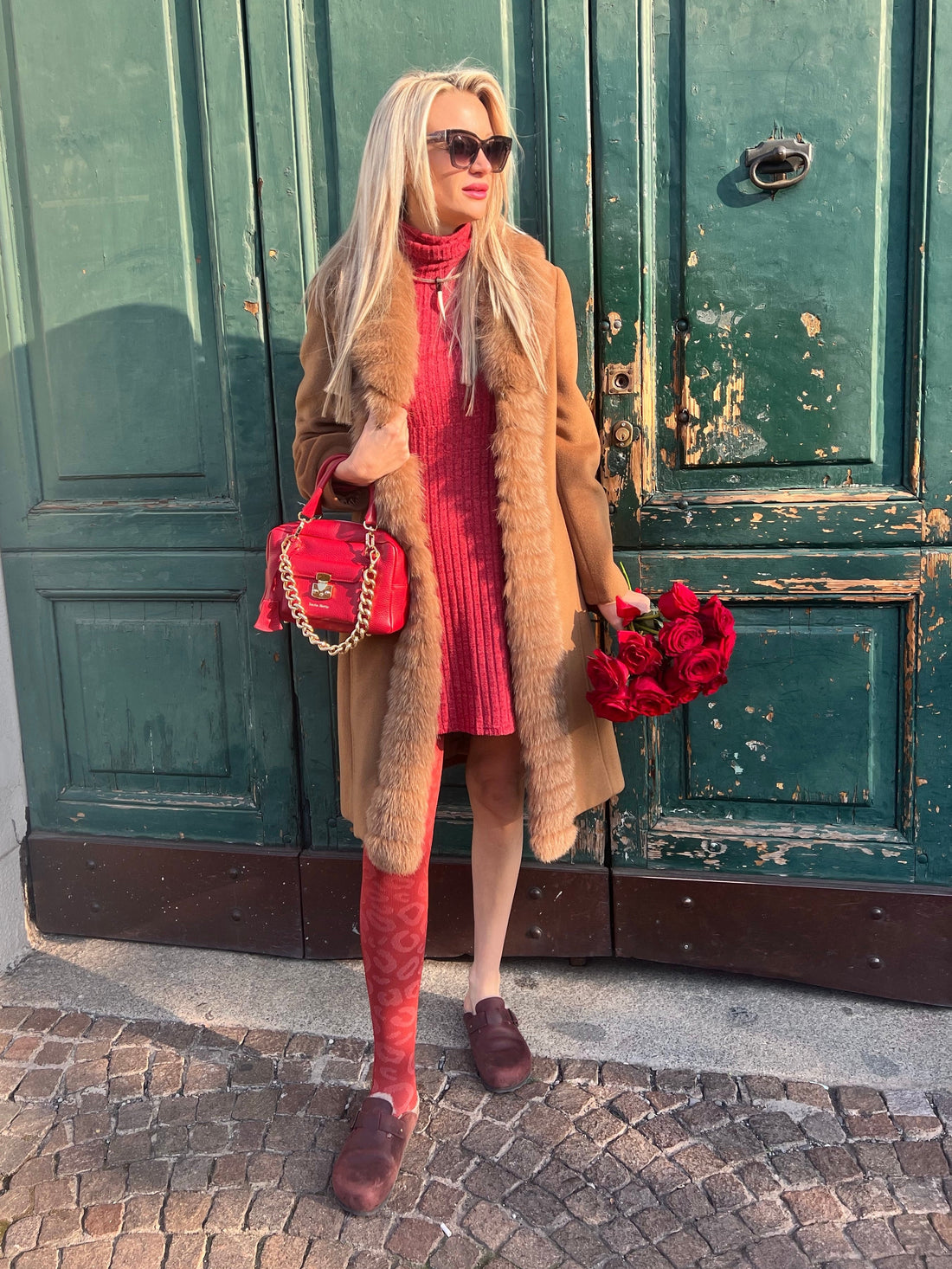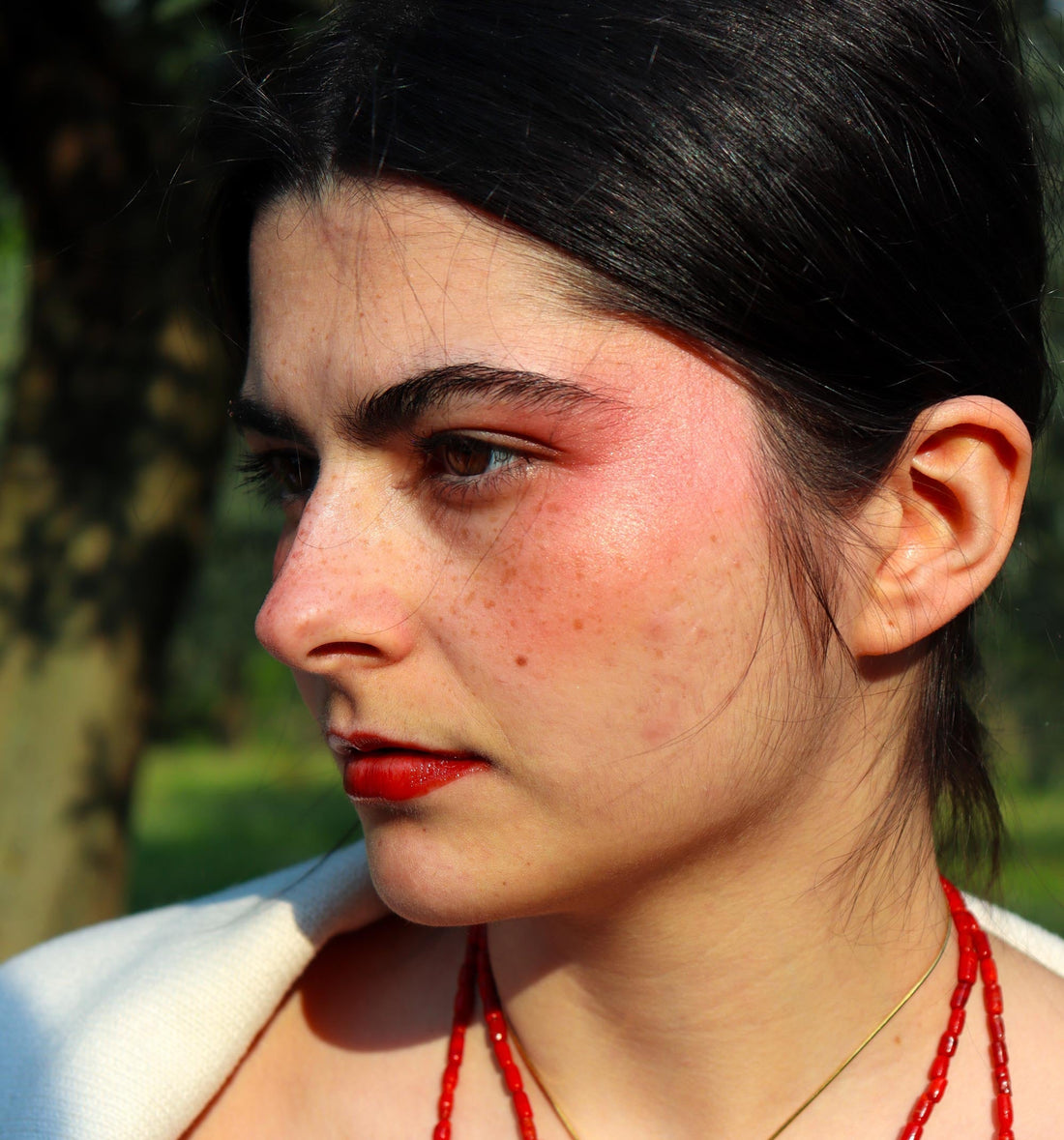TL;DR
The beauty industry has long overlooked the Black community. From underrepresentation in marketing to poor in-store experiences, Black consumers face significant barriers. Despite progress, Black beauty brands account for just 2.5% of industry revenue, even though Black consumers make up 11%+ of spending (McKinsey, 2022). The rise of Black-owned brands and influencers is helping to push for equity, inclusivity, and better access—but much work remains.
How Has Racism Shaped the Beauty Industry?
Racism isn’t new, and its roots extend far beyond beauty. Historically, pseudoscience like Darwinian theory was misused to justify White supremacy. Over time, civil rights movements—from Martin Luther King Jr.’s “I Have a Dream” speech to the Civil Rights Act of 1964—fought against these injustices.
A more recent turning point was May 25, 2020, when George Floyd was murdered in Minneapolis by a White police officer. His death sparked global protests and cemented “I can’t breathe” as a rallying cry for the Black Lives Matter movement. These events also reignited conversations around systemic racism in industries like beauty.
Why Is Black Representation Still Lacking in Beauty?
Today, makeup and skincare products play a fundamental role in helping millions of people worldwide enhance their self-image, feel more confident among others, and improve their self-esteem, ultimately feeling better in their own skin.

The beauty industry should be inclusive and accessible to all. We should all have products with shades that match our skin tones, and we should all have adequate representation in the media. Unfortunately, not all ethnicities enjoy equal representation, at least not proportional to their actual demographic percentages. The value of equity in the industry often remains elusive. In particular, the experience of Black individuals is notably more frustrating and fraught with challenges that consumers, entrepreneurs, and non-Black brands are less likely to encounter.
Some evidences from a 2022 report by McKinsey & Company, focusing on the United States:
- Market share mismatch: Black consumers contribute 11.1% of beauty spending, but Black beauty brands (aka brands founded by or owned by Black individuals) earn only 2.5% of revenue.
- Consumer dissatisfaction: Black shoppers are 3x more likely to be unhappy with product availability than White shoppers.
- Retail bias: Only 4–7% of products in specialty and mass retail come from Black-owned brands.
- Workforce gap: Just 4–5% of employees in the beauty sector are Black.
This lack of equity impacts every stage of the beauty shopping journey.
What Challenges Do Black Consumers Face in Beauty?
Marketing That Excludes Black Audiences
Nielsen found that only 2% of U.S. advertising spend between 2011–2019 targeted Black audiences. Ads rarely showcase darker skin tones or hair textures like curls and coils. Tracee Ellis Ross, founder of Pattern Beauty, recalls that ads in her youth showed “help for curly hair” but products never delivered for her texture. McKinsey notes that inclusive marketing could sway 75% of Black consumers to buy.
Lack of Store Accessibility
On average, Black shoppers travel 3.36 miles to reach a beauty store—21% farther than White shoppers. Access to department stores is also 17% farther (McKinsey, 2022). This distance limits product access and creates additional cost and inconvenience.
Limited Product Availability
Even when Black consumers reach a store, products are often unavailable:
- Only 13% of shoppers find products that meet their needs.
- 73% report Black-focused products are often out of stock.
- 54% say items are hard to locate even when stocked.
Poor In-Store Shopping Experiences
Sales staff frequently lack training on Black beauty needs. Only 23% of Black consumers say store employees can discuss relevant products, and just 13% say they receive informed recommendations. This stems from limited workforce diversity and poor staff education.
Which Black Beauty Brands Have Emerged?
Decades ago, only three notable Black brands existed: AFRO SHEEN, Fashion Fair, and Sacha Cosmetics. Progress accelerated in the 1990s with MAC, NARS, and CoverGirl expanding shades. Since 2010, many impactful brands have emerged:
- Beauty Bakerie (2011) – Viral lip whips and inclusive formulas.
- Juvia’s Place (2016) – Bold, colorful palettes celebrating African heritage.
- Fenty Beauty (2017) – Rihanna’s brand that revolutionized foundation shade ranges.
- Pattern (2019) – Tracee Ellis Ross’s natural hair care line.
Despite their success, Black-owned beauty brands still face systemic funding hurdles. They raise on average $13M in venture capital vs. $20M for non-Black brands, even though returns are 89x higher (McKinsey, 2022).
Which Influencers Are Driving Equity and Inclusivity?
Social media has amplified Black voices demanding change in beauty:
- Loretta Grace (Italy) – A Nigerian-Italian influencer using beauty to fight racism.
- Sharon Chuter (Nigeria) – Founder of UOMA Beauty, the first Afropolitan makeup brand.
- Pat McGrath (UK) – Legendary makeup artist behind PAT McGrath LABS, named by Vogue and Time as one of the world’s most influential people.
These voices are not just shaping trends but forcing brands and retailers to rethink inclusivity.
What Needs to Change in the Beauty Industry?
To achieve true equity, the beauty industry must:
- Stock more products for darker skin tones and textured hair.
- Hire and train more Black employees at both corporate and retail levels.
- Support and invest in Black-owned beauty brands.
- Diversify marketing to reflect real consumer demographics.
These aren’t radical demands—they’re achievable steps toward fairness, empathy, and shared prosperity.
FAQs
What are the problems with the Black beauty industry?
The Black beauty industry faces several challenges, including limited representation, inadequate product availability, inaccessible stores, and poor shopping experiences for Black consumers. Black beauty brands also struggle with insufficient market research and difficulty finding investors.
How to promote Black beauty?
Promoting Black beauty involves ensuring inclusivity, representation, and accessibility in the beauty industry. This includes carrying products for diverse skin tones, increasing the number of Black employees, supporting Black-owned brands, and diversifying marketing efforts to cater to a broader audience.
What is the current state of representation of Black individuals in the beauty industry?
Representation of Black individuals in the beauty industry remains inadequate. Only a small percentage of the workforce is of Black ethnicity, and Black beauty brands account for a small fraction of the industry's revenue despite significant contributions from Black consumers.
What are some challenges faced by Black-owned beauty brands?
Black-owned beauty brands encounter challenges such as insufficient market research, difficulty securing funding, and a lack of representation in the industry. Despite strong potential, these brands often raise less venture capital compared to non-Black beauty brands.
What are the accessibility challenges faced by the Black community in beauty stores?
The Black community often faces accessibility challenges in finding quality beauty stores. Black shoppers may have to travel longer distances to reach specialized beauty stores and department stores compared to their White counterparts.
How does limited product availability impact people of Black heritage?
Limited product availability negatively impacts people of Black heritage as they struggle to find products that cater to their specific needs. This results in frustration and difficulties in accessing products that enhance their self-image.
How can the shopping experience for Black consumers in the beauty industry be improved?
The shopping experience for Black consumers can be improved by increasing the knowledge of salespeople about beauty products for Black individuals, ensuring that stores carry a wider range of products for diverse skin tones, and reducing out-of-stock issues.
What is the history of the emergence of Black-owned beauty brands?
Until a few decades ago, there were only a few Black beauty brands, with non-Black brands primarily favoring lighter shades. In recent years, there has been an emergence of Black-owned beauty brands, offering products that cater to the diverse needs of Black consumers.
Which successful Black-owned beauty brands exist in the market?
Successful Black-owned beauty brands include Juvia’s Place, Fenty Beauty, PATTERN, and Beauty Bakerie, among others. These brands have gained recognition for their inclusive products and diverse offerings.
Which influencers are working to promote equity and inclusivity in beauty?
Influencers such as Loretta Grace, Sharon Chuter, and Pat McGrath are mentioned in the article as individuals working to promote equity and inclusivity in the beauty industry by advocating for diversity and inclusivity in beauty products and representation.
How can beauty be more inclusive?
To make beauty more inclusive, it is essential to ensure a broader range of products for diverse skin tones, increase diversity among employees, support Black-owned brands, and improve marketing efforts to represent a more comprehensive spectrum of beauty.
Key Takeaway
Black consumers remain underrepresented and underserved in beauty, despite their enormous cultural and economic influence. The rise of Black-owned brands and influencers proves that inclusivity drives both equity and profitability. True progress requires systemic change in marketing, retail, funding, and workforce representation.




